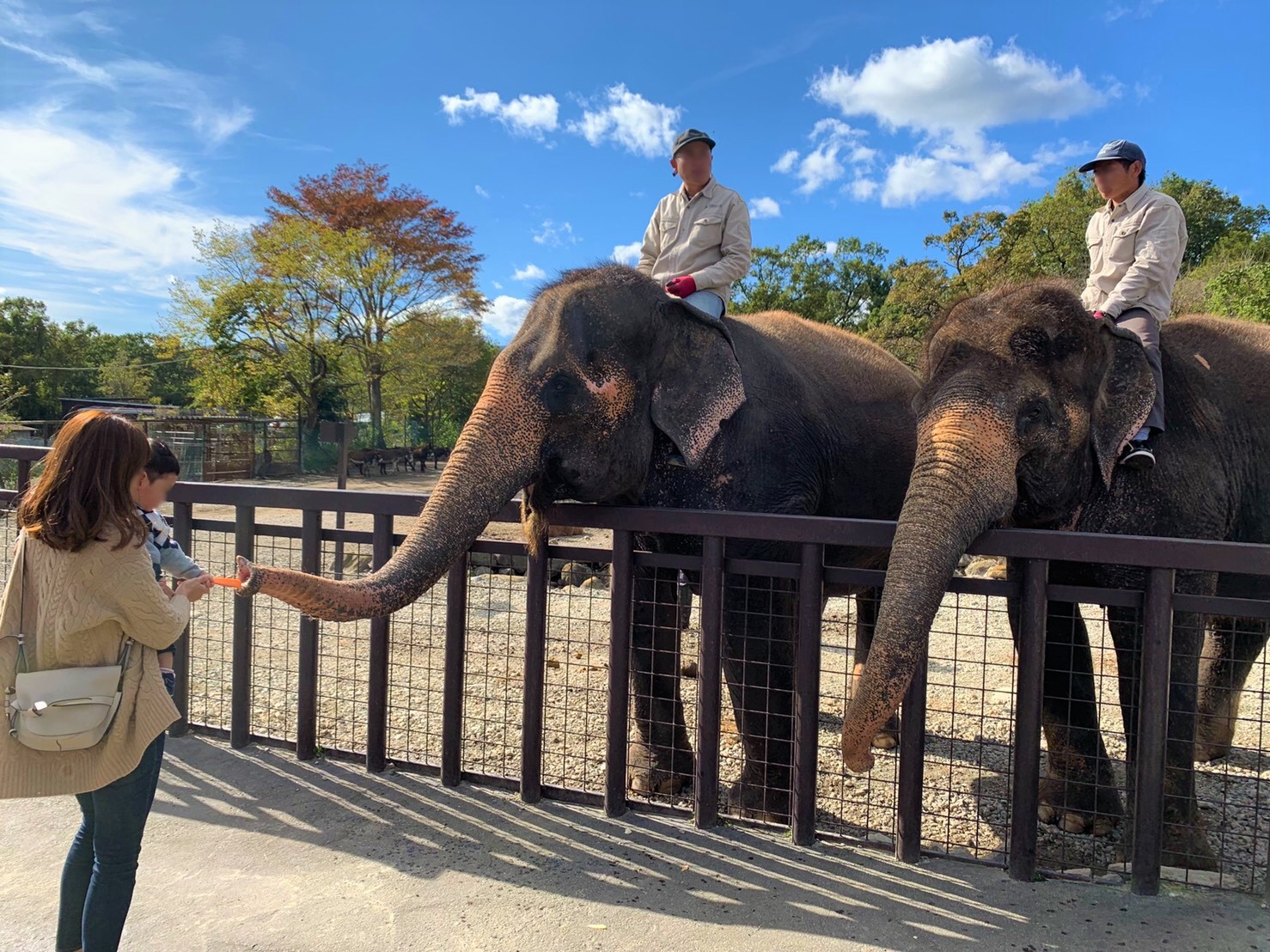タイミングよく5月号のアメリカ小児科学会誌でタミータイムのレビューが記載されていました1)。
内容を説明したいと思います。
ちなみにこのレビューの著者はオーストラリアの先生です。
前回の記事でサイトを添付しましたが、オーストラリアはタミータイムに熱心であることがわかります。
この記事の目次
この論文の概要
タミータイムと健康の関連を調べた論文を2018年6月から2019年4月までの間で検索しました。
16の記事が選択され、8か国4237人の乳児を検討しています。
タミータイムは、運動発達全体の促進、BMIスコアの低下、短頭症(絶壁)の予防に対し良好な結果を認めました。
社会的および認知的領域、斜頭症の関連は不確定でした。
細かい運動能力の発達とコミュニケーションにおいては関連性はありませんでした。
タミータイムは生後6か月未満の乳児に推奨され、親が見守りながら床の上でうつ伏せにすると定義され2)1日30分のタミータイムを推奨しています。
タミータイムをすることで運動発達に良好な結果が既に報告されているため3-7)タミータイムはオーストラリア、イギリス、カナダ、南アフリカでの国のガイドラインに記載されています8-11)。
その他、米国小児科学会のガイドライン12)、WHOのグローバルガイドラインにも含まれています13)。
世界でのタミータイムをしている割合
1日30分のタミータイムを遵守している両親はわずか約30%で、小児の医療関係者の75%にすぎません14,15)。
(14番の論文では、オーストラリアは46%、カナダ39%、アメリカ25%と記載されています。)
タミータイムと運動発達に関して
12の研究で身体活動、運動発達の関連を調べました。
11の研究は肯定的な効果であり、1つの研究は中立的な結果でした。
タミータイム1日1回以上の児とタミータイムなしの児を比較すると、タミータイムをしたほうが運動発達がより良好であった16)。
寝返り、ずりばい、座位の到達、ハイハイ、つかまり立ちがタミータイムなしと比較すると、より早く到達した17,18)。
生後2か月において、定頚が早く、頭の保持がタミータイムなしと比較し安定していた7)と報告しています。
しかし、運動発達の個々の動きについて(例えばずりばい、寝返り、座る、歩く能力など)の1つ1つに対しての評価はまだ解明されていません。
タミータイムとBMIの関連について
タミータイムとBMIの研究に関しては1つ報告がありました。この研究は、タミータイムの時間が長ければ長いほど、正常発達の割合が高くなりました。
生後2か月において1日あたりのタミータイムが12分を超えた場合、生後4か月でのBMIが減少したと報告されています19)。
乳幼児の不健康な体重増加を予防する可能性が指摘されていますが、まだ1つの報告のみであるため検討が必要です。
(海外では肥満が問題となっているため、新生児からの介入で肥満をコントロールするという意図があるのだと思います)
タミータイムと頭の形について
タミータイムを1日により多くの時間費やすことで短頭症(絶壁)の有意な減少を認めましたが、斜頭症との関連はありませんでした20)。
しかし、タミータイムが1日3回未満であった児は、生後7週で斜頭症を発症するリスクが高くなることがわかりました21)。
まとめ
タミータイムについて説明しました。
海外では国のガイドラインにもなっている程、一般的なものです。
今回のレビューではタミータイムに対して否定的な記載はなく、運動発達に良好な結果をもたらし、短頭症のリスクを下げるという良いことしかありませんでした。
日本では、小児科の教科書にタミータイムについての記載は見たことがありません。
実際の産婦人科現場では乳幼児突然死症候群(SIDS)の予防のため積極的に仰向け寝の指導がされていると思います。
そのため、うつ伏せにすること自体に恐怖を抱いている親御さんも多いと思います。
うつ伏せが怖いのではなく、うつ伏せ寝が怖いのです。
私が1番心配しているのは、タミータイム中に親御さんが目を離した際にお子さんがうつ伏せで寝てしまう事です。
寝るときは必ず仰向け寝にしてください!!!これは絶対です!!
うつ伏せ寝のみ予防することが出来ればタミータイムは親子のコミュニケーションにもなり、とてもよいことだと思っています。
当院で出来る事は、予防接種で受診する生後2か月の児に対しタミータイムを周知することです。
1人でも頭の変形の予防を啓蒙していきたいです。
頭の変形が強いお子さんを3Dスキャンで早期に発見することも継続して行っていきます。
私の最終目標とするところは、産婦人科の先生方にタミータイムの指導を行っていただき、当院や小児科を受診する際には、頭の変形のお子さんがより少数になっていってくれることです。
以上になります。
写真はエサあげシリーズの続き、那須サファリパークのゾウさんです。
ゾウがこの近さで触れ合えるのは驚きです。
このほかキリンも、手渡しでエサをあげられます。
1) Hewitt L, Kerr E, Stanley RM, Okely AD. Tummy Time and Infant Health Outcomes: A Systematic Review. Pediatrics. 2020 May 5. pii: e20192168. doi: 10.1542/peds.2019-2168.
2) Wen LM, Baur LA, Simpson JM, Rissel C, Flood VM. Effectiveness of an early intervention on infant feeding practices and “tummy time”: a randomized controlled trial. Arch Pediatr Adolesc Med. 2011;165(8):701–707
3) Russell DC, Kriel H, Joubert G, Goosen Y. Prone positioning and motor development in the first 6 weeks of life. South African Journal of Occupational Therapy. 2009;39(1):11–14
4) Dudek-Shriber L, Zelazny S. The effects of prone positioning on the quality and acquisition of developmental milestones in four-month-old infants. Pediatr Phys Ther. 2007;19(1):48–55
5) Majnemer A, Barr RG. Influence of supine sleep positioning on early motor milestone acquisition. Dev Med Child Neurol. 2005;47(6):370–376
6) Monson RM, Deitz J, Kartin D. The relationship between awake positioning and motor performance among infants who slept supine. Pediatr Phys Ther. 2003;15(4):196–203
7) Salls JS, Silverman LN, Gatty CM. The relationship of infant sleep and play positioning to motor milestone achievement. Am J Occup Ther. 2002;56(5):577–580
8) Indolfi G, Hierro L, Dezsofi A, et al. Treatment of chronic hepatitis C virus infection in children: a position paper by the Hepatology Committee of European Society of Paediatric Gastroenterology, Hepatology and Nutrition. J Pediatr Gastroenterol Nutr. 2018;66(3):505–515
9) Okely AD, Ghersi D, Hesketh KD, et al. A collaborative approach to adopting/adapting guidelines – the Australian 24-hour movement guidelines for the early years (birth to 5 years): an integration of physical activity, sedentary behavior, and sleep. BMC Public Health. 2017;17(suppl 5):869
10) Reilly JJ, Hughes A, Janssen X. Expert working group working paper: Under 5s. UK physical activity guidelines: draft review and recommendations for the Under 5s. 2018. Available at: www.bristol.ac.uk/media-library/sites/sps/documents/cmo/under-5s-technical-report.pdf. Accessed March 14, 2019
11) Tremblay MS, Chaput JP, Adamo KB, et al. Canadian 24-hour movement guidelines for the early years (0-4 years): an integration of physical activity, sedentary behaviour, and sleep. BMC Public Health. 2017;17(suppl 5):874
12) American Academy of Pediatrics. Tummy time. 2019. Available at: https://www.aap.org/en-us/about-the-aap/aap-press-room/aap-press-room-media-center/Pages/Tummy-Time.aspx. Accessed October 22, 2019
13) World Health Organization. Guidelines on physical activity, sedentary behaviour and sleep for children under 5 years of age. 2019. Available at: https://apps.who.int/iris/handle/10665/311664. Accessed March 14, 2019
14) Hewitt L, Benjamin-Neelon SE, Carson V, Stanley RM, Janssen I, Okely AD. Child care centre adherence to infant physical activity and screen time recommendations in Australia, Canada and the United States: an observational study. Infant Behav Dev. 2018;50:88–97
15) Gross RS, Mendelsohn AL, Yin HS, et al. Randomized controlled trial of an early child obesity prevention intervention: impacts on infant tummy time. Obesity (Silver Spring). 2017;25(5):920–927
16) Jennings JT, Sarbaugh BG, Payne NS. Conveying the message about optimal infant positions. Phys Occup Ther Pediatr. 2005;25(3):3–18
17) Kuo YL, Liao HF, Chen PC, Hsieh WS, Hwang AW. The influence of wakeful prone positioning on motor development during the early life. J Dev Behav Pediatr. 2008;29(5):367–376
18) Davis BE, Moon RY, Sachs HC, Ottolini MC. Effects of sleep position on infant motor development. Pediatrics. 1998;102(5):1135–1140
19) Koren A, Kahn-D’angelo L, Reece SM, Gore R. Examining childhood obesity from infancy: the relationship between tummy time, infant BMI-z, weight gain, and motor development-an exploratory study. J Pediatr Health Care. 2019;33(1):80–91
20) Aarnivala H, Vuollo V, Harila V, et al. The course of positional cranial deformation from 3 to 12 months of age and associated risk factors: a follow-up with 3D imaging. Eur J Pediatr. 2016;175(12):1893–1903
21) van Vlimmeren LA, van der Graaf Y, Boere-Boonekamp MM, L’Hoir MP, Helders PJ, Engelbert RH. Risk factors for deformational plagiocephaly at birth and at 7 weeks of age: a prospective cohort study. Pediatrics. 2007;119(2). Available at: www.pediatrics.org/cgi/content/full/119/2/e408
















コメントを残す